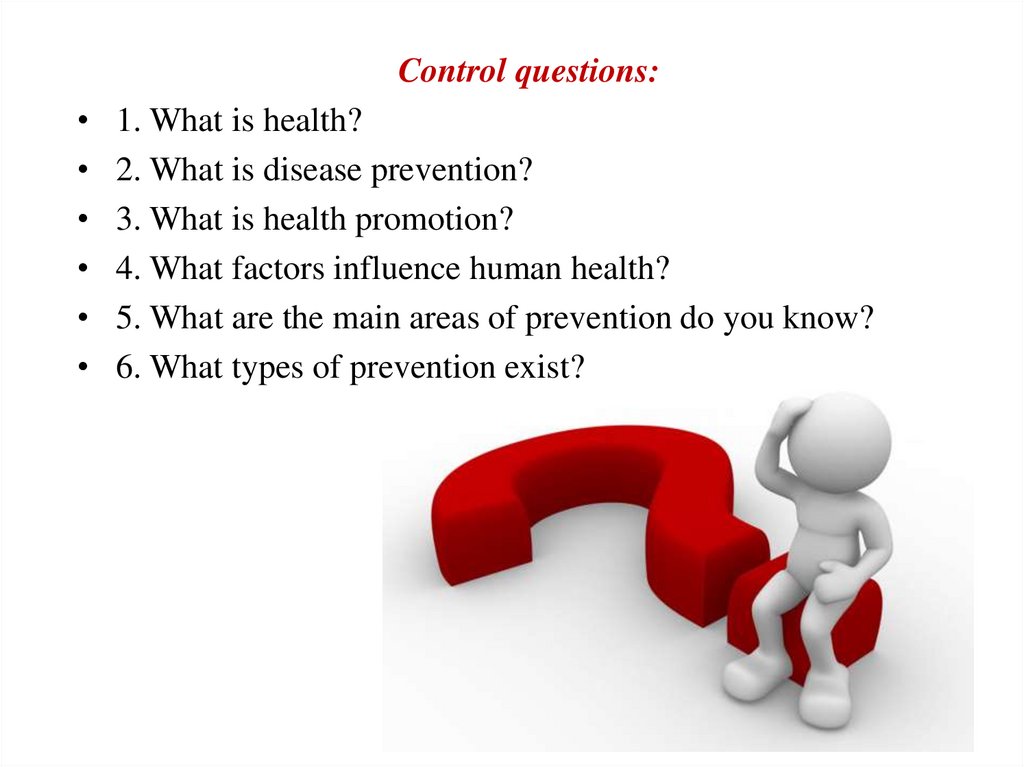What Is Prevention?
Prevention, also known as prophylaxis, is the method of preventing illness by controlling or reducing the risk factors. It encompasses all areas of health including prevention of diseases or ailments and prevention of exposure to infectious organisms that may cause illnesses, disability, and death.
Prevention of minor or major disease can be achieved through changes in one's lifestyle, diet, or exposure to disease causing agents. Prevention of minor diseases such as minor infections is possible through proper hygiene, appropriate clothing, and avoiding contact with persons infected by diseases like the flu and other viruses. Prevention of major diseases like influenza is possible by proper screening and vaccination against such diseases. However, prevention of diseases in general is not always possible, for example, certain cancers, มะเร็งปากมดลูก.
Prevention of disease is also possible through controlling and reducing the risk factors for disease. These risk factors include hereditary predisposition and environmental factors, environmental exposure to disease-causing agents, and genetic factors. Environmental factors include those that affect a person's life in general, such as nutrition, medical treatments, and medications, the quality of water used to bathe and wash, and air pollution. Genetic factors are those inherited from parents and grandparents. These factors can also cause disease.
Health care professionals also focus on prevention by educating patients and their families about the risks involved with disease, preventing illnesses in young people, treating and curing diseases that cannot be prevented by lifestyle changes and by providing medical services to prevent the spread of disease. Prevention is also a part of public health because prevention will help reduce the incidence of diseases and will also reduce the number of deaths caused by disease.

Prevention of disease may involve taking preventive medicines, dietary changes, and taking preventive measures such as wearing protective clothing, keeping clean and dry clothes, avoiding direct contact with disease-causing agents and preventing exposure to infectious substances. Prevention of diseases also involves improving living conditions, such as eliminating disease-causing agents in the environment and promoting good nutrition and proper hygiene. Prevention of diseases can also involve the use of modern medical techniques such as surgery, radiation treatment, chemotherapy and immunotherapy, and immunization. In addition, preventive measures include the provision of assistance to affected people. These measures include financial aid, monetary compensation, counseling and assistance for education and training in basic medical procedures, and assistance with finding employment and paying for health care.
Prevention of disease also involves the provision of medical services such as medical checkups, vaccinations, medicines, and medical equipment, care of victims of accidents and diseases, treatment for illnesses that cannot be treated naturally, the provision of medical equipment like artificial limbs and artificial organs. that cannot be replaced, and emotional support, which helps the patient deal with their condition.
Prevention of disease also involves the provision of information about the causes and treatments of disease to all members of a population. This is called public information.
The public is encouraged to become educated, in order to prevent the disease so that no more people become a victim of this deadly disease
Prevention of disease is considered to be a challenge since each population faces different diseases, which may be of different severity and different methods to treat them. For example, a disease that affects a young boy may be easier to treat than a disease that affects an elderly woman, because the child is more easily affected, and the treatments are usually less complicated and require lesser medication. Prevention also includes the promotion of safe and healthy lifestyles for people of all ages. This includes, but is not limited to the use of good and hygienic environments, appropriate clothing, the protection from environmental factors and environmental changes, the prevention of disease by avoiding the exposure of children to the disease causing agent, and by educating people on the symptoms and consequences of these agents. It also includes providing financial support to affected individuals.
